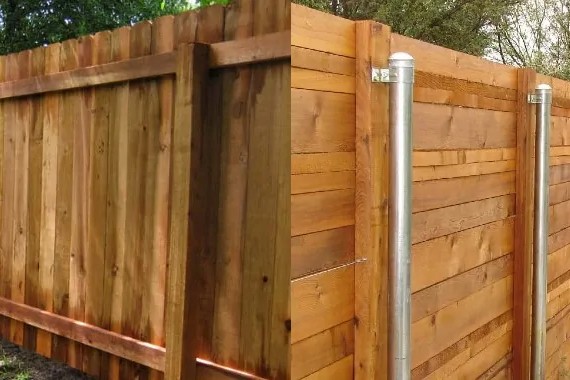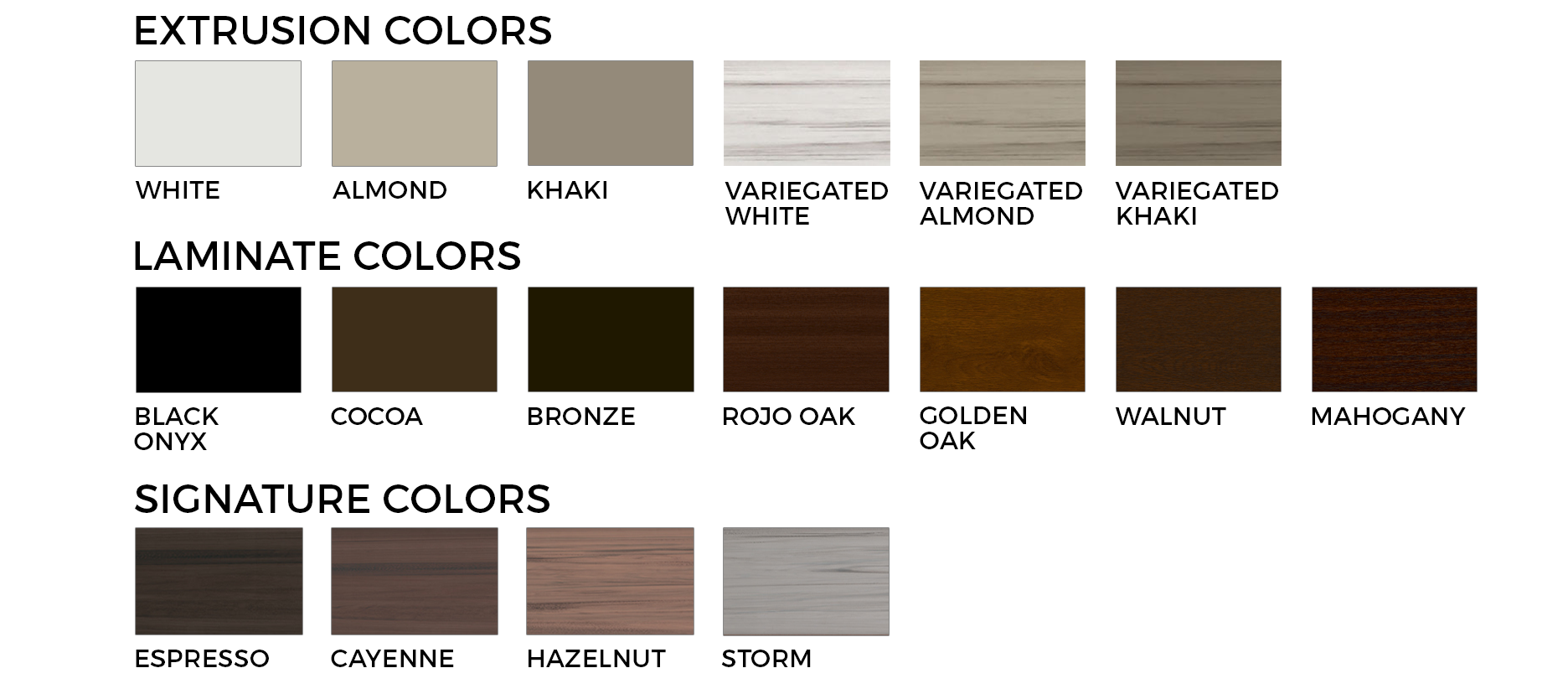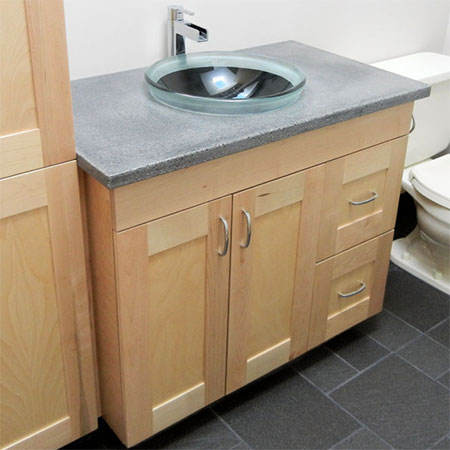
A fence is a good way to protect your vegetable gardens from pests. Groundhogs, rabbits, or other furry creatures may cause crop damage. Here are some options for creating a fence in order to keep these animals away. These tips will also help to prevent your plants getting eaten by the animals. Use different colors of slats to make your vegetable garden stand out.
Vegetables can be damaged by intruders. Netting is a good option if you have an animal problem. This type of fence is not very attractive, but it will keep rabbits and other small animals out of your garden. It will keep animals out and will look great in your yard. Pallets can be used as fencing. Once you have the pallets, it is possible to build a gate made from them.

There are many free online materials that can be used if you don’t have the money to purchase fencing. You can also find free material in the newspaper. Another option is to create your own fence. A local building material shop will sell you lattice panels or posts. These fences provide support for climbing plants and are affordable to construct. You can also leave small holes in the fence for small garden pests to escape. A fence can be used to make your garden beautiful and deer-proof.
A fence can also serve as a feature wall. To create a focal point, you can paint the fence in a bold color or a pattern. Picket fencing is another popular choice. It keeps animals away and allows you to see your vegetable patch. This fencing is ideal if you are looking to divide a vegetable plot or improve privacy. Make sure you choose a design that matches your home.
You can put up a fence to protect your plants from hungry predators. You can choose a wooden fence, or use vinyl or wrought iron pickets. A wooden fence will last longer and require minimal maintenance. It will also keep animals away. Consider a chicken wire mesh fence to protect your veggies from raccoons. If an animal tries climb the fence, the wire will bend inward.

Adding a fence is another good way to protect your vegetables from predators. Many garden pests, including rabbits and deer, prefer fresh produce, so a fence can help protect your vegetables from these pests. If you have chickens, you can also use chicken wire or bamboo to protect your vegetable garden. Installing a mesh of 3 feet or greater height can act as a barrier to animals. These materials will block most animals from reaching your plants.
FAQ
How can you renovate your house without spending a lot of money?
If you are looking to renovate a house with no money, here are some steps:
-
Create a budget plan
-
Find out which materials you require
-
Decide where to put them
-
Make a list with the items you need to purchase
-
Find out how much money your have
-
Plan your renovation project
-
Get to work on your plans
-
Do some online research
-
Ask friends and family to help
-
Get creative
Can I rent a dumpster?
You can rent a dumpster for debris removal after your home renovation. Renting a dumpster to dispose of your trash is a great option.
Is it better to finish floors or walls first?
The best way of starting any project is to determine what you want. It is crucial to plan how you'll use the space, what people will use it for, and why. This will help you choose flooring or wallcoverings.
If you have decided that you want to create an open plan kitchen/living area then you may choose to install flooring first. Wall coverings are an option if you prefer to keep this space private.
Statistics
- It is advisable, however, to have a contingency of 10–20 per cent to allow for the unexpected expenses that can arise when renovating older homes. (realhomes.com)
- A final payment of, say, 5% to 10% will be due when the space is livable and usable (your contract probably will say "substantial completion"). (kiplinger.com)
- The average fixed rate for a home-equity loan was recently 5.27%, and the average variable rate for a HELOC was 5.49%, according to Bankrate.com. (kiplinger.com)
- According to the National Association of the Remodeling Industry's 2019 remodeling impact report , realtors estimate that homeowners can recover 59% of the cost of a complete kitchen renovation if they sell their home. (bhg.com)
- Rather, allot 10% to 15% for a contingency fund to pay for unexpected construction issues. (kiplinger.com)
External Links
How To
How do I plan a whole house remodel?
It takes careful planning and research to plan a complete house remodel. There are many things you should consider before starting your project. You must first decide what type home improvement you want. There are several categories you can choose from, such as bathroom, kitchen, bedroom, living area, and so on. After you decide which category you want to work on, figure out how much you can afford to spend on the project. If you are new to working in homes, budget at least $5,000 for each room. If you have more experience, you might be able spend less.
After you have determined how much money you have available, you can decide how big of a project you would like to undertake. If your budget only allows for a small renovation of your kitchen, you will be unable to paint the walls, replace the flooring or install countertops. You can do almost everything if you have enough cash for a full-scale kitchen renovation.
Next, find a contractor that specializes in the project you are interested in. You will be able to get great results and avoid a lot more headaches down in the future. Once you have found a reliable contractor, it is time to start gathering supplies and materials. You may need to purchase everything from scratch depending on the size and scope of your project. There are many stores that offer pre-made products so it shouldn't be difficult to find what you need.
Now it's time for you to start planning. First, you'll want to draw up a rough sketch of where you want to place furniture and appliances. Then you will design the layout. Make sure that you leave space for plumbing and electrical outlets. Also, try to put the most used areas near the front door so that visitors can easily access them. The final step in your design is to choose colors and finishes. In order to avoid spending too much money, stick to neutral tones and simple designs.
Once you have completed your plan, it is time to begin building. Before you begin construction, it's important to check your local codes. Some cities require permits while others allow homeowners to build without one. First, remove all walls and floors. To protect your flooring, you will lay plywood sheets. Then, you'll nail or screw together pieces of wood to form the frame for your cabinets. You will attach doors or windows to the frame.
You'll need to finish a few final touches once you're done. Covering exposed pipes and wires is one example. Plastic sheeting and tape are used to cover exposed wires. It's also a good idea to hang mirrors and photos. Make sure to keep your work area neat and tidy.
If you follow these steps, you'll end up with a beautiful, functional home that looks great and saves you lots of money. Now that you have a basic understanding of how to plan a house remodel, it's time to get started.